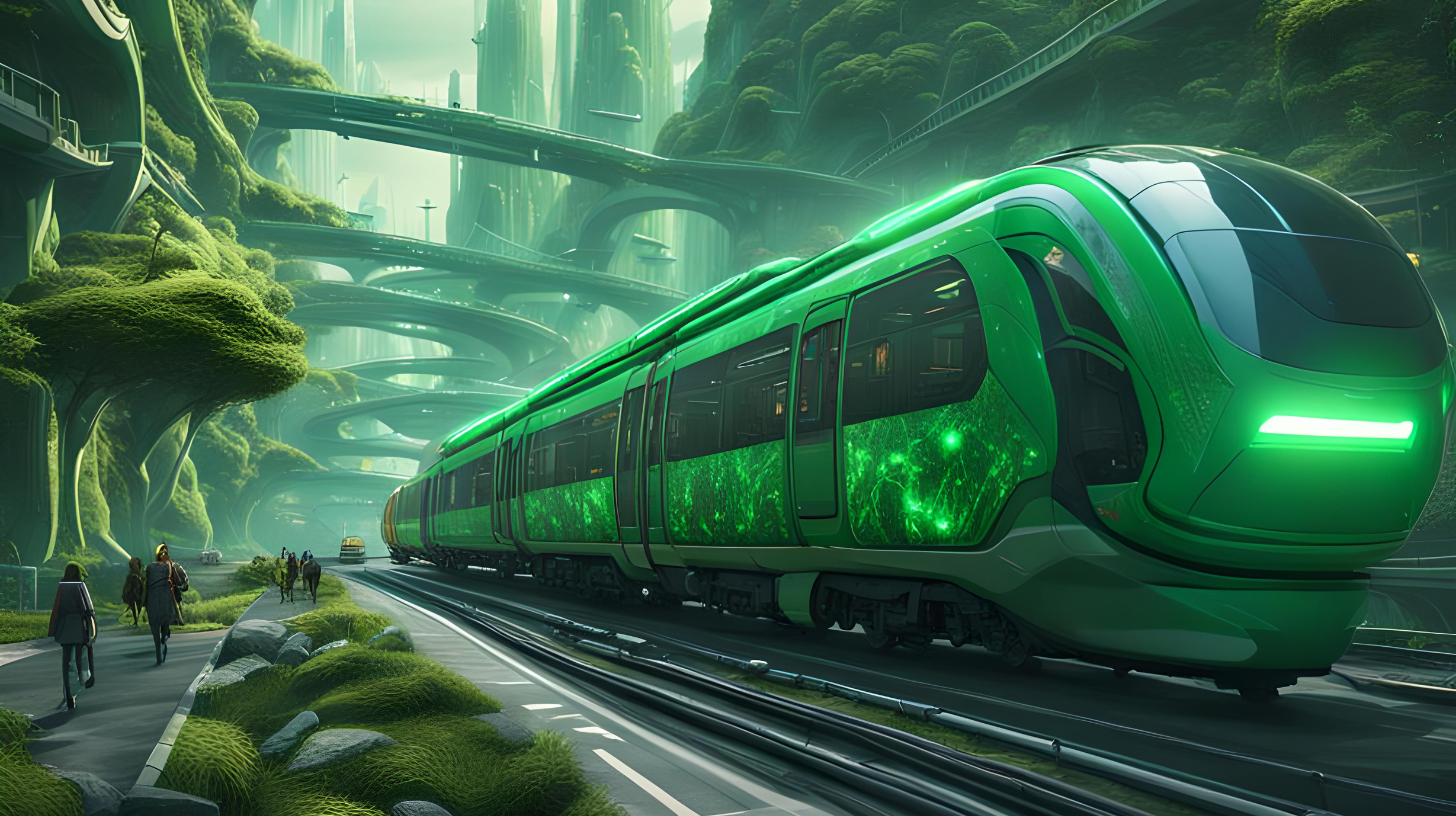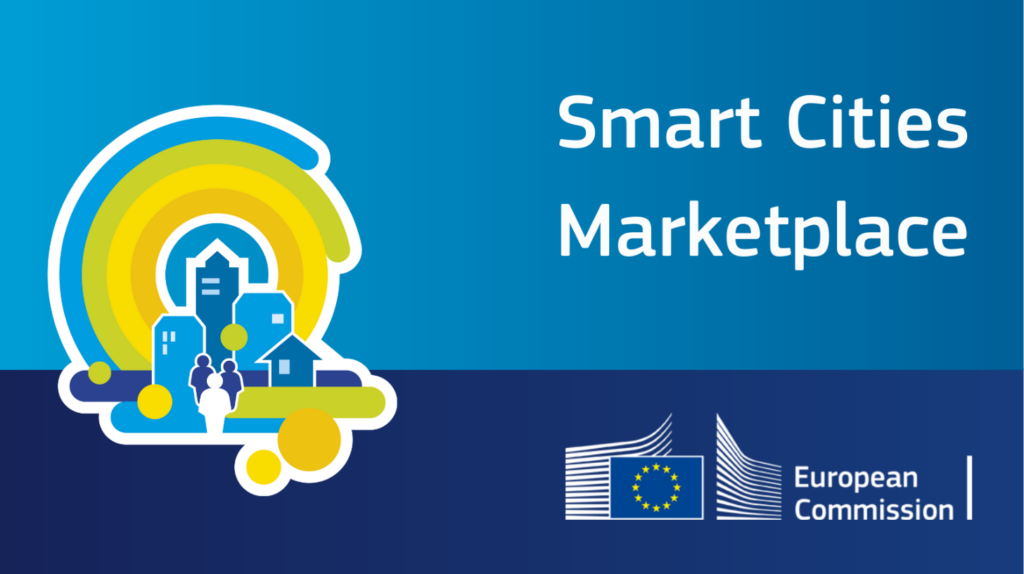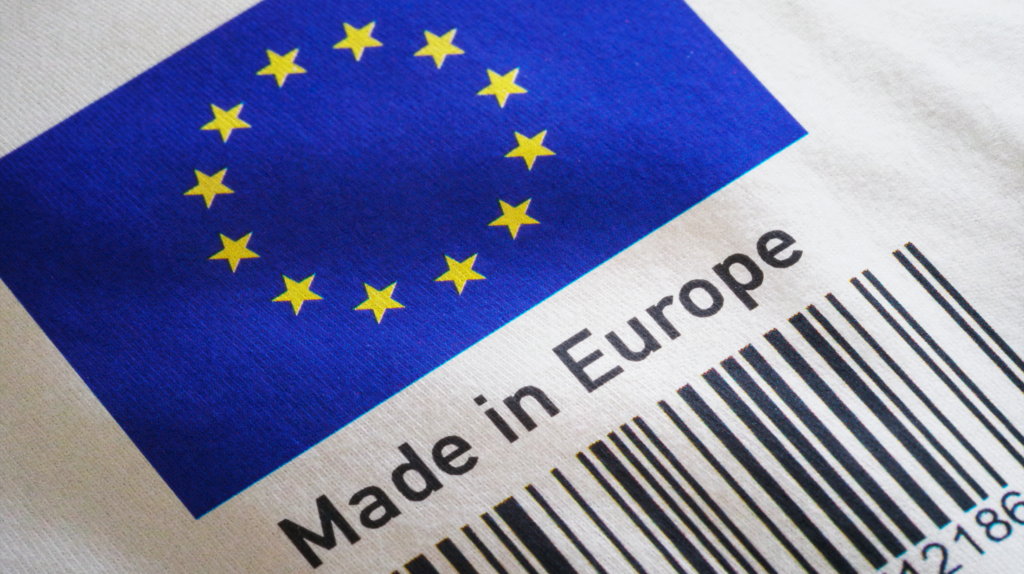The Green Cities consortium developed the blog post “Smart Transportation Systems: Revolutionizing Urban Mobility” under the EU-Funded Project Youth Participation for Developing Sustainable Green Cities (reference number: 2022-1-DE04-KA220-YOU-000085135). L4Y Learning for Youth GmbH is leading the project alongside partners Citizens in Power, Toplum Gönüllüleri Vakfı, Kean, Walktogether, and Kaán Károly Környezetvédelmi Egyesület.
This blogpost is based on the training content developed for the Green Cities project. For more content like this, click here. If you would like learn more about the topic, we suggest enrolling in our free online training course. In the platform, you will also find the full list of references and extra suggested reading material.
To keep up to date with the project news, follow our YouTube Channel, as well as the project’s social media pages X and Instagram. Additonally, you can also join our Discord community.
Introduction
Smart transportation systems are transforming urban environments. They combine advanced technologies, sustainability practices, and innovative design to create adaptive transportation networks. Moreover, from smart vehicles and connected infrastructure to data-driven traffic management, the aim is to optimize movement and minimize environmental impact. Consequently, by leveraging cutting-edge technologies, smart transportation systems enhance safety, efficiency, and sustainability in urban areas. Furthermore, these systems promote a more connected and resilient urban future.
Understanding Smart Transportation Systems
Smart transportation systems use advanced technologies to improve transportation networks. They include intelligent infrastructure, connected vehicles, and data-driven management systems. Moreover, together, these elements create a seamless and efficient transportation ecosystem, optimizing traffic flow and reducing congestion. Furthermore, the concept of smart transportation systems evolved due to growing challenges in traditional networks. It gained traction in the early 21st century, driven by technological advancements and a focus on sustainability. Additionally, the Internet of Things (IoT) has been pivotal, allowing real-time communication between vehicles, infrastructure, and devices. Consequently, this connectivity has revolutionized urban mobility solutions.
Key Components of Smart Transportation Systems
Smart transportation systems consist of several essential components:
- Connected Vehicles: Equipped with sensors and communication technologies, they share information with each other and infrastructure, enabling real-time updates and automated driving.
- Intelligent Infrastructure: Smart traffic lights, road sensors, and communication networks optimize traffic flow and enhance safety.
- Data Analytics: Analyzing vast amounts of data predicts traffic patterns and improves transportation services.
- IoT Integration: Connecting vehicles, infrastructure, and devices for real-time data collection and analysis improves traffic management.
- Autonomous Vehicles: Using sensors, cameras, radar, and software, these vehicles navigate without human intervention, enhancing safety and traffic flow.
Benefits and Challenges
Smart transportation systems offer numerous benefits:
- Improved Traffic Flow: Real-time data and communication technologies reduce congestion and travel times.
- Enhanced Safety: Sensors and communication systems reduce the risk of accidents.
- Reduced Environmental Impact: Efficient routing and alternative fuels lower emissions.
- Better Mobility Options: Integrating various transportation modes provides more convenient options.
However, implementing them there are also some challenges:
- High Initial Costs: Significant investment in infrastructure is required.
- Interoperability Issues: Integrating diverse technologies can lead to compatibility problems.
- Privacy and Security Concerns: Vast data collection raises privacy and security issues.
- Digital Divide: Access disparities can exacerbate transportation inequalities.
Successful Implementations: Real-World Examples
Several cities have successfully implemented succesful transportation systems:
Singapore’s Smart Mobility 2030: Connected vehicle technology and integrated public transportation systems improved traffic flow and reduced congestion. Moreover, this initiative has enhanced overall urban mobility.
Amsterdam’s Smart Mobility Initiatives: IoT sensors and smart traffic lights enhanced energy efficiency and reduced congestion. Additionally, these measures have promoted a more sustainable urban environment.
Los Angeles’ Intelligent Transportation Systems: Real-time traffic management and predictive maintenance improved traffic flow and public transport reliability. Furthermore, these advancements have increased the efficiency of the city’s transportation network.
Conclusion
In conclusion, smart transportation systems represent a significant advancement in urban mobility. Therefore, by integrating advanced technologies and sustainable practices, cities can enhance the efficiency, safety, and sustainability of their transportation networks. As more cities adopt these strategies, the future of urban mobility looks promising. Consequently, this paves the way for smarter, safer, and more efficient transportation solutions.













